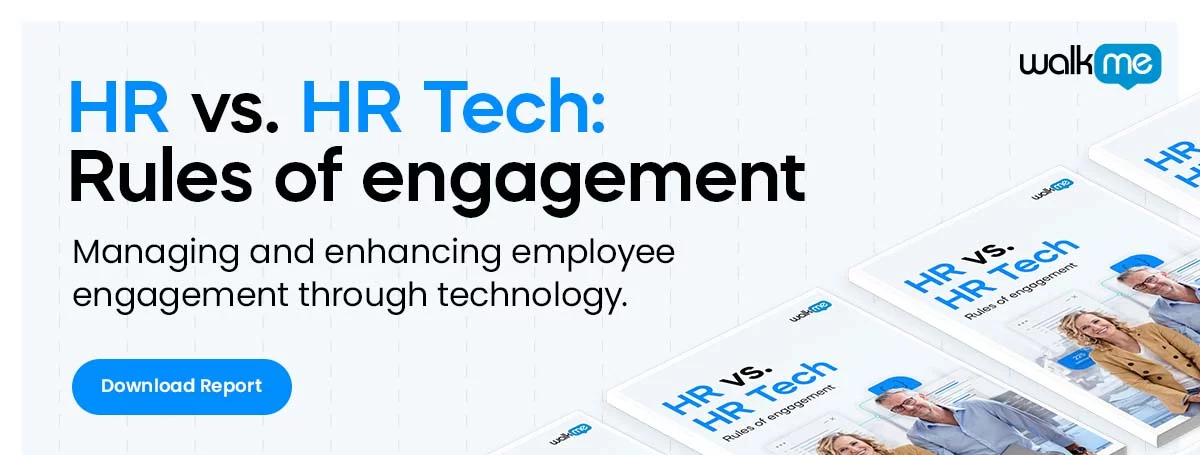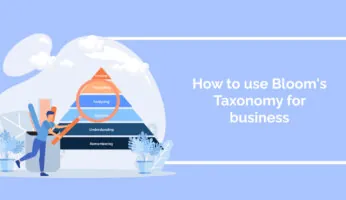
HR is becoming a hot topic in 2023. With the rise of remote and hybrid work, businesses are looking for new ways to manage their employees more effectively and create a culture that emphasizes an enhanced employee experience.
With cross functional teams, multiple departments, and different locations, it can be difficult to manage HR tasks efficiently. And coupled with the rise of technology, staying up-to-date with new digital adoption solutions can be a challenge.
This is why having an effective HR toolkit in place for 2023 isn’t just essential. It’s mandatory. A HR toolkit can not only help you manage your workforce better but also enables you to have a better understanding of digital age compliance.
If you want to get ahead with change management, a comprehensive HR toolkit can help you keep up with the newest strategic digital workplace trends and tools. It can include processes and systems like recruiting software, onboarding, performance management, and learning and development platforms like DAPs.
Moreover, an effective HR toolkit can help you automate tedious tasks, streamline administrative tasks and free up time to focus on strategic initiatives. It can also help you improve employee engagement and retention, create better cultures of collaboration and communication, and ensure compliance.
This article will help you understand all the basics of building an HR toolkit for 2023. It will provide you with a comprehensive overview of all the components and features you must include to effectively manage your workforce and deliver an excellent employee experience.
What is a HR toolkit?
A HR (Human Resources) toolkit is a comprehensive set of resources, guidelines, and tools designed to assist businesses in effectively managing their employees. It typically includes templates for essential HR documents such as employment contracts, disciplinary procedures, and performance review forms.
It can also contain training materials, diversity and inclusion policies, employee engagement guides, and legal compliance information. The HR toolkit serves as a valuable resource for HR professionals and managers, enabling them to handle various employee-related tasks and issues efficiently and in line with best practices.
Why is a HR toolkit important?
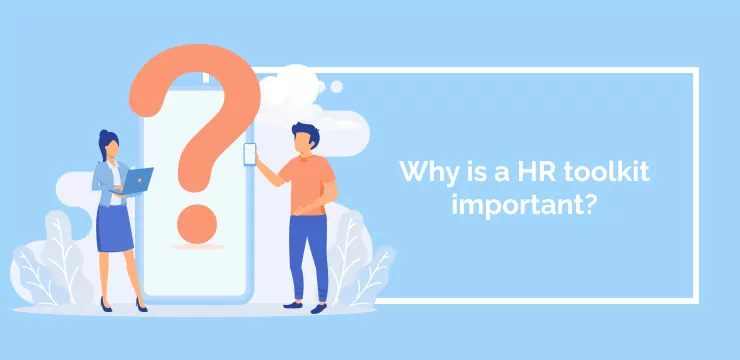
The rise of remote and hybrid work models necessitates a comprehensive Human Resources (HR) toolkit. This toolkit serves as an essential operational guide for businesses, ensuring they can navigate the complexities of a geographically dispersed workforce effectively.
An HR toolkit provides a framework for standardized human resource management practices, irrespective of an employee’s location. It includes templates for key HR documents such as employment contracts, performance review forms, and disciplinary procedures. This ensures uniformity in handling HR processes and adherence to legal requirements across different jurisdictions.
The shift to remote work (dubbed the next normal) presents unique challenges, including maintaining employee engagement, conducting effective performance evaluations, and ensuring clear communication. A well-crafted HR toolkit includes strategies for addressing these issues.
For instance, it may feature guidelines on conducting virtual meetings using various communication platforms, implementing asynchronous communication methods, and using digital tools to track and enhance employee productivity and engagement.
A HR toolkit can assist in developing and implementing robust remote work policies. These policies define expectations and responsibilities by providing a framework for conflict resolution, thereby reducing potential misunderstandings or conflicts in a remote setting.
Fostering a cohesive company culture in a dispersed team is a challenge. An HR toolkit can offer techniques for virtual team building, promoting shared values, and maintaining a sense of unity and belonging among remote employees.
With employees working across different regions, navigating the legal landscape becomes complex. An HR toolkit provides critical resources on labor laws and regulations in various jurisdictions, helping businesses maintain compliance.
What to include in your HR toolkit
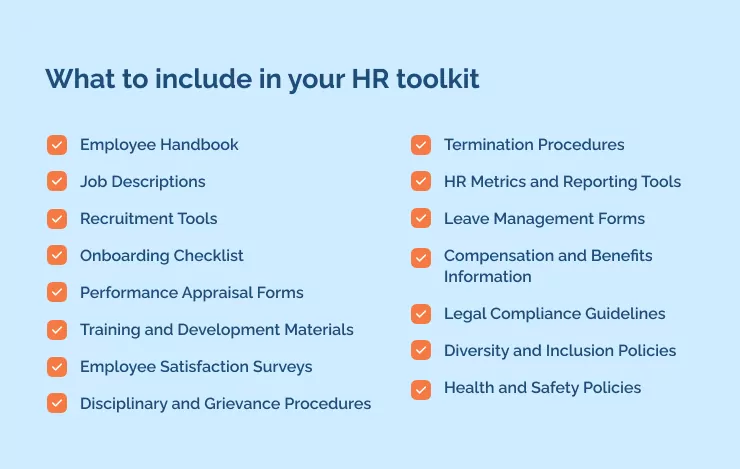
We’ve identified the following key features to include in your HR toolkit for 2023:
Employee Handbook
An employee handbook is a crucial document that outlines all the important aspects of working at your company. It includes everything from company culture and values to detailed policies on leave, dress code, disciplinary procedures, and more.
It serves as a reference point for employees to understand what is expected of them and helps ensure consistency in how policies and procedures are applied across the organization. A well-written employee handbook can also help protect your company legally by demonstrating that employees have been informed about company policies.
Job Descriptions
Job descriptions are detailed documents that clearly define the roles, responsibilities, and expectations for each position within the company. They outline the tasks an employee will perform, the skills and qualifications they need, and the metrics by which their performance will be evaluated.
Job descriptions are essential for recruitment, performance management, and career development. They help potential candidates understand what will be expected of them and provide a benchmark for evaluating employee performance.
Recruitment Tools
Recruitment tools are materials used to attract, evaluate and hire new employees. These could include job posting templates, application forms, and interview questionnaires.
They help streamline the hiring process, ensuring consistency, fairness, and effectiveness. A solid recruitment toolset will help you find the best talent, assess their fit with your company, and make the hiring process smoother and faster.
Onboarding Checklist
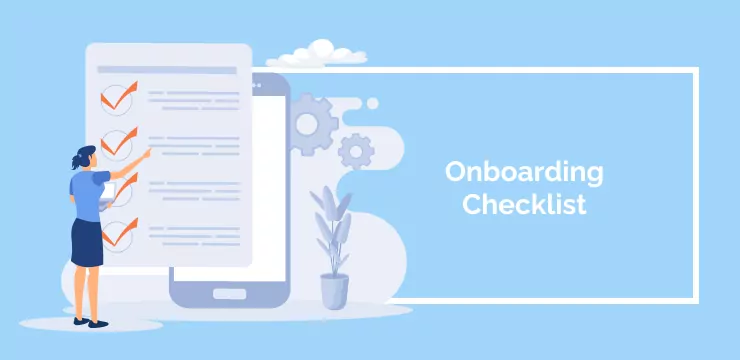
An onboarding checklist is a step-by-step guide that ensures new hires are integrated into the company smoothly and effectively. It covers everything from setting up their workstations and email accounts, introducing them to their team, and training them in company systems and procedures.
The onboarding process is crucial for making new hires feel welcome, getting them up to speed quickly, and setting them up for success in their new role.
Performance Appraisal Forms
Performance appraisal forms are tools used to evaluate employee performance regularly, annually, or semi-annually. They provide a structured way to assess an employee’s strengths and areas for improvement, set goals for the future, and discuss any issues or concerns.
Regular performance appraisals help keep employees on track, motivate them to perform at their best, and identify opportunities for training and development.
Training and Development Materials
These resources are designed to help employees improve their skills and knowledge. They could include everything from online courses and webinars to manuals, guides, and workshops. Training and development are essential for keeping your workforce skilled and competitive, improving job satisfaction and retention, and preparing employees for advancement within the company.
Employee Satisfaction Surveys
Employee satisfaction surveys are tools used to gauge how happy and engaged your employees are. They might ask about things like job satisfaction, work-life balance, relationships with managers and colleagues, and opportunities for growth and development.
Regular surveys can help you spot issues before they become major problems and give employees a voice in shaping company policies and culture.
Disciplinary and Grievance Procedures
These are clear guidelines for handling misconduct or complaints within the company. They outline the steps to take when an issue arises, from informal discussions to formal hearings.
Having clear procedures helps ensure that issues are dealt with fairly and consistently, protects the rights of all parties involved, and maintains a positive and respectful work environment.
Termination Procedures
Termination procedures are a set of guidelines for managing employee exits professionally and legally. They cover everything from giving notice, conducting exit interviews, and handling final pay and benefits.
A clear termination process helps ensure that departures are handled smoothly and respectfully, minimizes disruption to the organization, and reduces the risk of legal issues.
HR Metrics and Reporting Tools
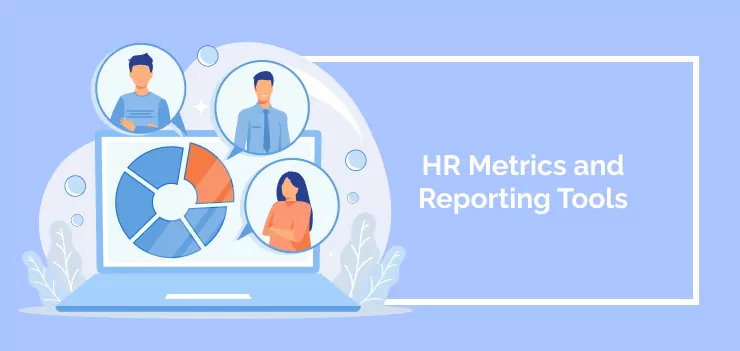
HR metrics are key indicators of the health and effectiveness of your HR practices. They might measure things like turnover rates, time to fill vacancies, training effectiveness, and employee engagement.
Reporting tools help you track these metrics over time, visualize trends, and generate reports for management. These insights can help you make informed decisions about hiring, retention, training, and other HR strategies.
Leave Management Forms
Leave management forms are documents used to manage various types of employee leave, such as vacation, sick leave, maternity leave, and more.
They help you track who’s out, when, and why, ensure that leave is managed fairly and consistently, and help prevent issues like understaffing or leave abuse.
Compensation and Benefits Information
This includes details about salary scales, bonus structures, and other benefits like health insurance, retirement plans, and paid time off.
Clear and comprehensive compensation and benefits information helps attract and retain top talent, motivates employees, and ensures fairness and transparency in distributed rewards.
Legal Compliance Guidelines
These are guidelines on labor laws and regulations. They cover everything from anti-discrimination and harassment laws, to wage and hour regulations, to health and safety standards.
Staying compliant helps protect your company from legal issues and penalties and helps maintain a safe, fair, and respectful workplace.
Diversity and Inclusion Policies
Diversity and inclusion policies are guidelines for promoting a diverse workforce and ensuring equal opportunities for everyone, regardless of race, gender, age, religion, disability, or other protected characteristics.
A strong commitment to diversity and inclusion can bring your company a wider range of perspectives and experiences, enhance innovation and decision-making, and improve your company’s reputation.
Health and Safety Policies
Health and safety policies are procedures and guidelines designed to ensure a safe working environment. They cover everything from emergency procedures and first aid, to ergonomics and workplace hygiene.
A strong focus on health and safety can help prevent accidents and illnesses, reduce absenteeism and turnover, and improve productivity and morale.
HR toolkit in 2023: What’s next?
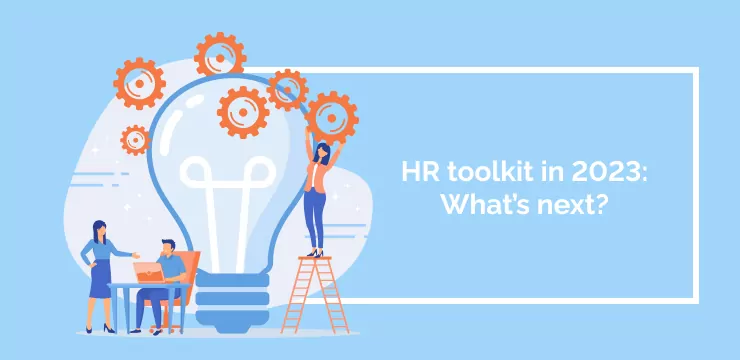
As we move into the future, the HR toolkit is set to undergo a remarkable transformation, driven by advancements in AI and machine learning. The next generation of HR tools will be smarter, more predictive, and more personalized.
AI will automate repetitive tasks such as scheduling, payroll, and benefits administration, freeing up HR professionals to focus on strategic initiatives. We’ll see an increase in AI-driven talent acquisition tools that use algorithms to find the best fit for a role, reducing bias and increasing diversity.
Big data and a data-driven culture will also play a pivotal role. Predictive analytics will empower HR to anticipate workforce trends, predict employee turnover, and make data-driven decisions. This will lead to more proactive HR strategies, with a focus on talent retention and employee engagement.
Personalization will also be key. Future HR tools will offer tailored learning and development pathways based on an individual’s career aspirations and skill gaps. This will help in creating a more engaged and productive workforce.
In essence, the future HR toolkit will be more integrated, intelligent, and insightful. It will not only streamline HR operations but also enable HR to play a more strategic role in driving business growth.
WalkMe Team
WalkMe spearheaded the Digital Adoption Platform (DAP) for associations to use the maximum capacity of their advanced resources. Utilizing man-made consciousness, AI, and context-oriented direction, WalkMe adds a powerful UI layer to raise the computerized proficiency, everything being equal.
